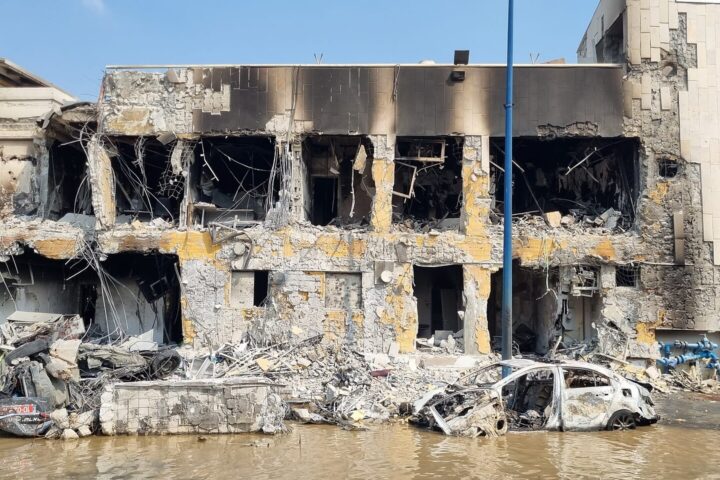.
By Antonis Loizou – Antonis Loizou & Associates Ltd – Property Valuers & Consultants
We are experiancing an increasing number of appointments, in order to carry out structural surveys of buildings, mainly houses of old or recent construction and this is the result of shoddy work in a number of projects. Structural defects refer to the structure of the building, which, if left to escalate, will cause more damage, creating serious problems later on, including safety issues.
Regrettably, the property boom and the unskilled and lack of the labour force, has created this state of affairs, which is particularly noticeable in the Paphos region and to a far lesser extent in other areas. The structural stability is especially vulnerable on buildings which are built on hill slopes, on land which has improper earth fill or problems relating to extensive dampness, which, with this dry climate, is not excusable to be left untreated.
The majority of buildings in
So, other things being equal and provided basic care is taken, the structural condition of a building/house (especially new ones) should be O.K. The clear evidence of a structural problem is the appearance of cracks on the bearing members of the structure (columns/beams). As an indication if you see a horizontal crack on the members, yes it is something you should look into, but it is not as serious as when you notice a vertical crack on a member. Possible cracks could/will appear on the walls of a building (again if it is a horizontal crack this is not so serious as a vertical one).
This sort of damage or cracks in walls appear in most cases in new buildings, which is the result of the settlement of the foundations, although depending on circumstances they could appear also in the older buildings. Some cracks, which are classed a “hairing”, are capable of repair and should not create a serious problem if repaired with a coat of paint (cracks mainly on plaster). However, if these cracks continue to appear and should you want (it is recommended) to monitor them and the crack continue to elongate – the gap becomes larger, this is something more serious, which must be looked into. Signs of serious settlement are also the uneven floors, tile cracks, door/windows not opening, etc.
If for any reason you suspect that something is wrong, get in touch with an independent civil engineer to carry out initially a visual inspection-structural survey (or should you wish to be on the safe side, carry out one prior to taking possession of the property acquired).
Under Cyprus law, the developer might be liable for the structural condition of a building, for quite a long time (other things being equal), but repairs and maintenance problems are usually covered for a period of up to 12 months, after the building’s completion (depending on the sales contract).
Once you carry out an “eye” inspection or a structural survey (it costs approximately EUR 700-800/house, depending on the building’s size and location) and you suspect a problem, you could ask the developer to extend the guarantee for a period of, say, 24 months or 12 months after he has repaired the damage with the execution of the remedial work in order to verify that the measures undertaken are effective.
Our experience so far has been with movements of swimming pools, staircases, broken tiles, tilting of the whole house or building, dampness appearing as a result of burst pipes which crack as a result of the floor movement, etc. For those who have a serious problem, it is recommended to make a more detailed investigation which could involve the examination of strength of the concrete, examination of the structural plans (not necessarily air-tight approach since what you see on a drawing may not be exactly what you get on the ground) and even carry out an x-ray of the structural members, in order to ascertain whether the proper or required reinforcement has been executed.
So, as not to unduly worry our readers, most of the problems that we face are mainly minor and could be corrected, but some serious cases are also found. For this reason and bearing in mind the total cost of buying a property, it is recommended that any purchaser should carry out a due diligence.







